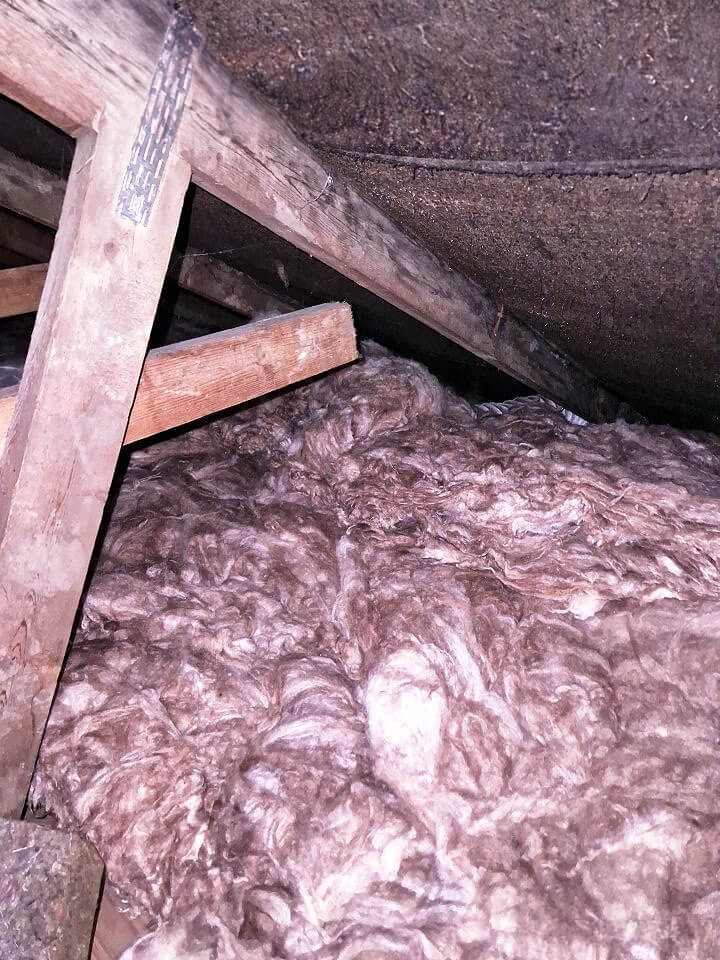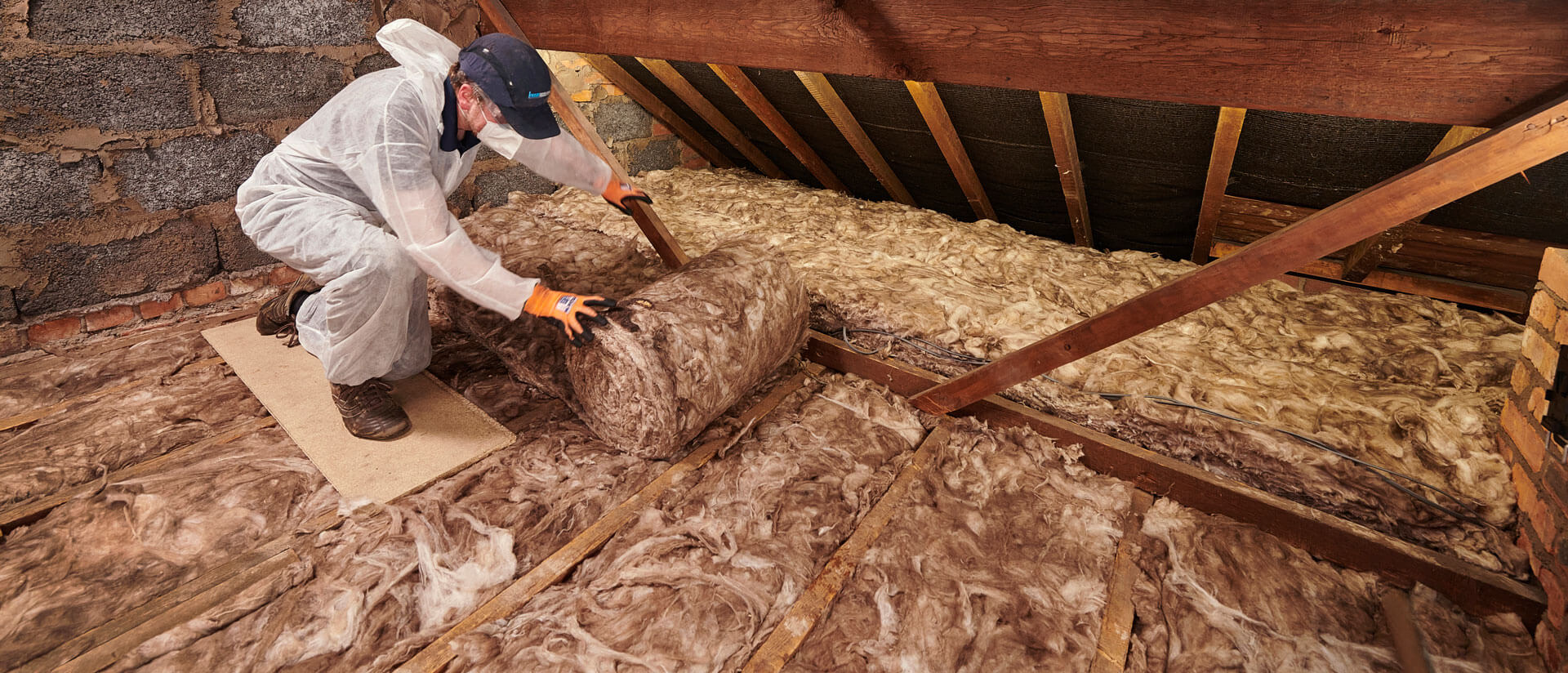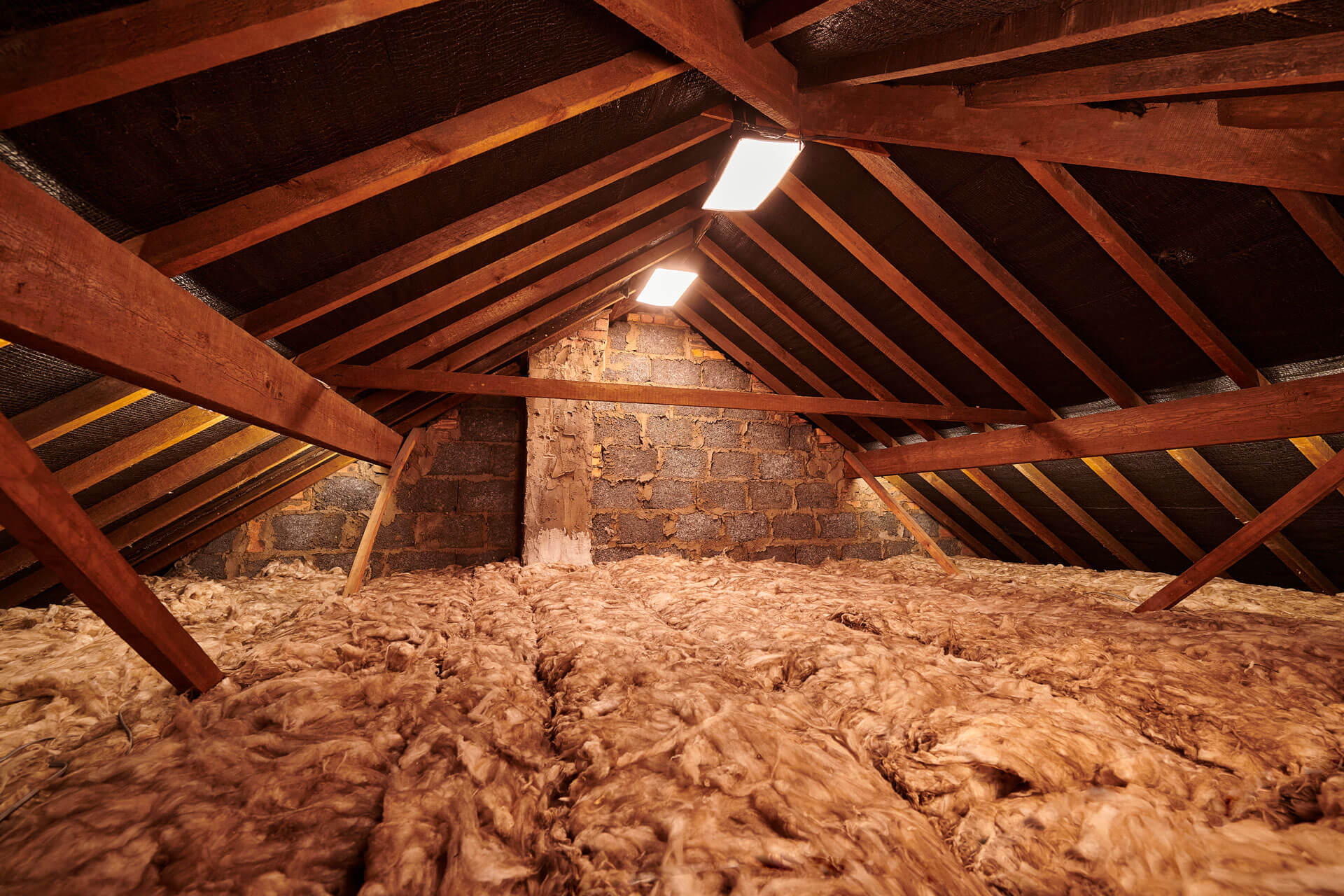Loft Insulation
Loft insulation can be an essential aspect of home energy improvement that offers numerous benefits, including enhanced energy efficiency, reduced heating costs, and increased home comfort. With the growing emphasis on energy conservation and sustainability, understanding the importance and process of installing loft insulation is important for homeowners and renters. Therefore, please read this page to explore the various types of insulation, its benefits, installation methods, and maintenance guidance to help you make informed decisions for your home.
What is Loft Insulation?
Loft insulation refers to the process of adding a layer of insulating material to the floor or roof space of a loft or attic. As a result, insulation acts as a barrier to heat loss, trapping warmth inside the home during winter and keeping it cooler during summer. Ultimately, by preventing heat from escaping through the roof, loft insulation significantly improves your home’s energy efficiency, leading to lower energy bills and a reduced carbon footprint.

Benefits of Loft Insulation
One of the primary benefits of insulation is its impact on energy efficiency. Ultimately, heat rises, and without proper insulation, a significant amount of heat can be lost through the roof. Therefore, by insulating the loft, you can retain more heat within your home, reducing the need for constant heating. As a result, this leads to substantial cost savings on energy bills, making loft insulation a cost-effective investment.

Types of Loft Insulation
There are several types of loft insulation materials available. All types have advantages and disadvantages.
Blanket insulation is one of the most common types of loft insulation, as it comes in rolls or batts. However, there are various material types including fiberglass, mineral wool, or sheep’s wool. Ultimately, this type of insulation is easy to install and provides excellent thermal performance. Therefore, it is ideal for insulating between the joists on the loft floor. Generally, our installers opt for the popular mineral wool rolls, due to its high performance and tidy install.

Installing Loft Insulation
Installing loft insulation is best done by professional installers to ensures optimal performance and compliance with building regulations. However, here are the general steps involved in installing loft insulation:
Before installing insulation, your loft will be assessed to determine the appropriate type and amount of insulation required. As a result, our team will measure the area to be insulated and check for any existing insulation that may need to be upgraded or removed.

Maintaining Loft Insulation
Proper maintenance of loft insulation ensures its long-term effectiveness. Here are some tips for maintaining loft insulation:
It is advised to periodically inspect the loft for any signs of damage, moisture buildup, or pests. Any issues should be addressed promptly to maintain the insulation’s performance.
Conclusion
Loft insulation is a vital aspect of home improvement that offers numerous benefits, including enhanced energy efficiency, cost savings, and improved comfort. Therefore, by understanding the different types and the installation process, homeowners can make informed decisions to optimise their home’s thermal performance. Likewise, proper maintenance of loft insulation ensures its long-term effectiveness, contributing to a greener and more sustainable future.
Ultimately, investing in insulation is a smart choice for any homeowner looking to reduce energy bills, enhance comfort, and contribute to environmental conservation. Therefore, the benefits of a well-insulated loft are undeniable and embracing its advantages, you can enjoy a more energy-efficient and comfortable living environment.
